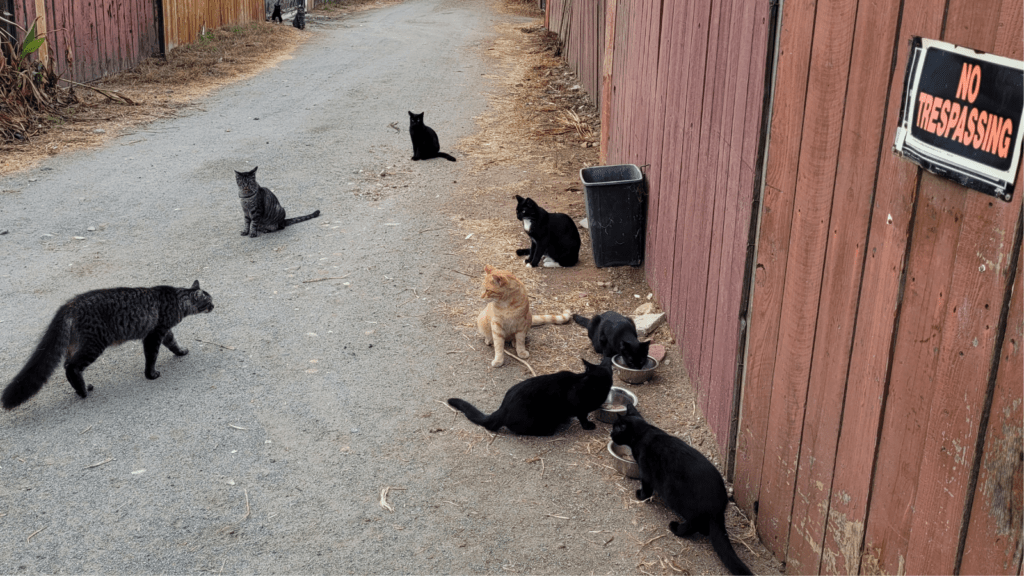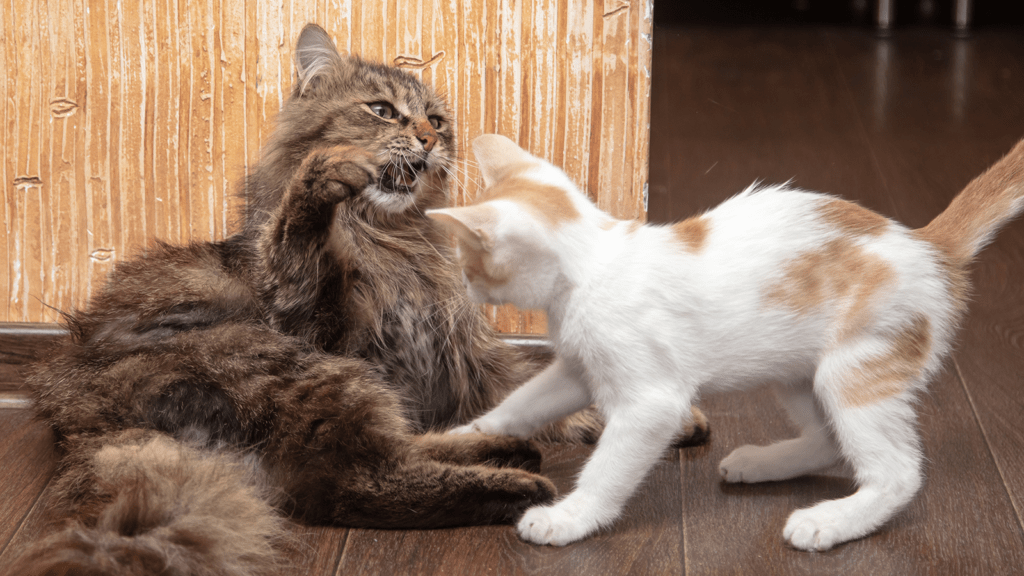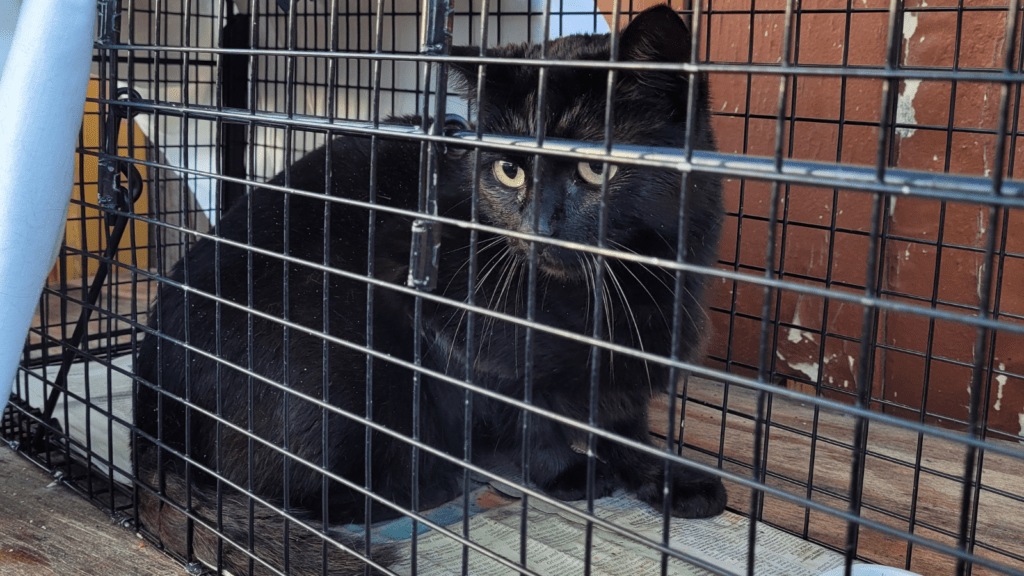
How To Trap A Difficult Cat
As a professional cat trapper, I know the challenges of catching a difficult feral cat. Whether you’re dealing with a stubborn outdoor cat or a frightened, lost indoor pet, trapping can require a lot of patience, planning, and persistence. In this guide, I’ll discuss trapping tips, tools, and techniques for how to trap a difficult cat.
Key Takeaways:
- Trapping a difficult cat requires patience, planning, and persistence.
- Understanding cat behavior is essential for successful cat-trapping techniques.
- Preparing a suitable trapping space and using effective baiting and luring techniques can greatly increase your chances of success.
- Properly setting up traps and practicing patience and observation will maximize your chances of successfully trapping a challenging cat.
- Handling and transporting a trapped cat requires safe and gentle techniques.
Understanding Cat Behavior
As an experienced cat trapper, I’ve learned that understanding feline and feral behavior is crucial to successfully trapping community cats. Stray cats are independent animals with a strong sense of autonomy, and they can display a range of behaviors when faced with a trapping situation. By observing their body language and instinctive behavior, you can anticipate their reactions and adjust your approach accordingly.
Body Language and Instinctive Behavior
When approaching a feral cat, it’s important to be aware of their body language. Cats can display a range of signals that can indicate their level of comfort and willingness to engage with humans.
| Body Language | Meaning |
|---|---|
| Relaxed body, tail held high | The cat is comfortable and interested |
| Ears flattened, tail twitching | The cat is agitated and may be preparing to attack |
| Arched back, fur standing on end | The cat is scared or threatened and may be preparing to flee |
Understanding feline instincts is helpful when trying to trap shy cats. Domestic cats are descendants of wild cats, and they retain the same predatory instincts as their ancestors. When placed in a trapping situation, cats will often rely on these instincts to protect themselves, making it necessary to anticipate their behavior and adjust your approach accordingly.
Adjusting Your Approach
To effectively trap a difficult cat, it may be necessary to adjust your approach based on their behavior. If a cat is displaying signs of aggression or agitation, it may be necessary to move slowly and approach them calmly. If a cat is scared or attempting to flee, it may be necessary to use food or other lures to entice them into a trap when you are not there.
Additionally, it’s important to avoid chasing or cornering a cat, as this can further agitate them and make it difficult to trap them successfully. Instead, it’s best to approach a cat calmly and patiently and allow them to come to the trap on their own.
Many trappers prefer to use a drop trap for feral cats. However, if your presence makes the cat nervous, you can use a regular humane trap like a gravity trap or spring-loaded trap to catch the target cat.
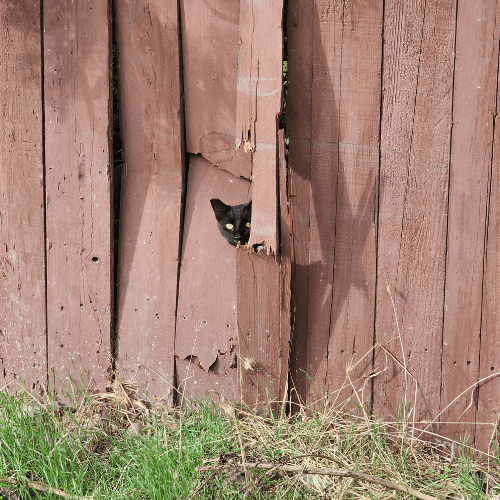
Preparing Your Trapping Space
Creating a suitable trapping space is crucial for capturing a difficult cat. To prepare your trapping space, you’ll need to select the right tools, set up the necessary equipment, and ensure the environment is safe and open for setting your trap.
Selecting the Right Tools
When it comes to selecting the right tools for cat trapping, there are various factors to consider, including the size and strength of the cat, the trap’s durability, and the type of trigger mechanism. For example, if you’re trapping a larger, stronger cat, a heavy-duty trap like the Tru Catch Fat Cat trap might be required. Make sure the trap is rated for the weight and size of the cat you’re trying to catch. It’s possible for an extremely wild cat to break through the trap door or destroy the trip plate, ruining your trap.
Setting Up Necessary Equipment
Before setting up your traps, ensure that the area is clear of any potential hazards, such as sharp objects or dangerous chemicals. If you’re using cat food bait to lure the cat into the box trap, ensure that it is placed properly behind the trip plate and doesn’t prevent the trigger from pulling. It is also helpful to set up a camera to monitor the trap’s activity and observe the cat’s behavior when in the trapping space.
Here’s our list of the best trail cameras for TNR and cat trapping.
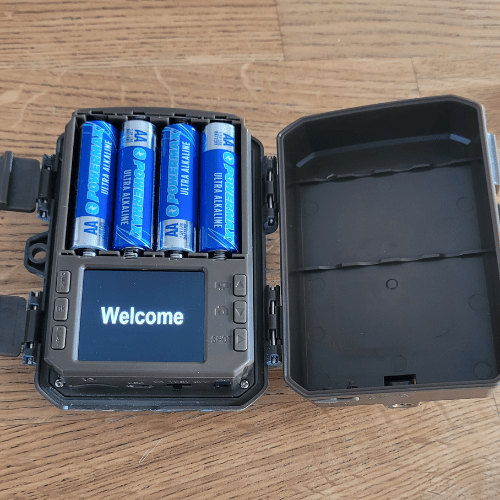
Ensuring Safe and Secure Environment
A skittish cat can be easily stressed in unfamiliar environments, so it’s important to create a trapping space that is safe and secure. The area should be free of loud noises and excessive movement to avoid scaring the cat.
Pro Tip: Place a blanket over the trap to create a more inviting and secure space for the cat to enter. Be sure not to cover the trap door opening or prevent the trap door closing.
Baiting and Luring Techniques
When it comes to trapping a difficult cat, baiting and luring techniques can significantly increase your chances of success. However, it’s important to remember that cats are naturally suspicious and curious creatures, so selecting the right bait and lures is crucial. If you are feeding stray cats, it’s ideal to withhold food for a day or two before trying to trap them.
Pro Tip: Place the trap in an area where the cat is likely to roam, such as near a food source or a comfortable resting spot.
Scent-Based Lures
Cats have a keen sense of smell, making scent-based lures a highly effective trapping technique. Consider using canned cat food, tuna, sardines, cooked chicken, jarred baby food (for cats), or other strong-smelling cat treats to coax wary cats into the trap. You can also try placing a small amount of catnip inside or near the trap to pique their interest. Many trappers will leave a trail of tiny food scraps leading into the trap door and even on the trap floor.
Pro Tip: Avoid using overly pungent or fragrant lures, as these can be off-putting to the cat and may deter them from entering the trap. Use regular food that cats eat.
Visual Lures
Cats are naturally drawn to movement and visual stimuli, making visual lures a great addition to your cat-trapping strategy. If your target cat isn’t food-motivated, try using a laser pointer or attaching a feather toy to a string and dangling it above or inside the trap to catch the cat’s attention.
Food-Based Baiting
Food-based baiting is usually the most effective technique for trapping most cats. Place a small amount of your cat’s favorite food inside the trap, making sure to leave a clear path for them to follow. Be patient and wait nearby, as the cat may take some time to enter the trap. Place the trap in the normal feeding locations to lure the kitty toward a familiar space.
Pro Tip: Avoid overfeeding the cat, as this may cause them to become too full and disinterested in entering the trap.
Sound-Based Lures
Sound-based lures can also be used to catch the cat’s attention and entice them into the trap. These would generally only need to be used if all else fails. Consider using a recorded sound of kittens meowing or purring, as this may help to calm and reassure the wary cat.
Pro Tip: Avoid using loud or sudden noises, as these can startle the cat and make them more hesitant to enter the trap.
Setting Up the Traps
Once you have selected the appropriate trap for catching hard-to-trap cats, it’s important to set it up correctly. A poorly positioned trap may result in the cat avoiding the trap altogether or, worse yet, potentially harming the cat. Here’s our list of the best cat traps for most cat-catching situations.
Drop traps and box traps are the most popular and effective. Many trappers prefer a drop trap which allows them to manually trigger the trap, especially if they are trying to catch a mother cat and her kittens without catching other cats.
Follow these steps to ensure that your traps are set up properly:
Step 1: Choose the Right Location
When selecting the location for your trap, consider the cat’s daily routine and activity patterns. Position the trap in a quiet, shaded area, such as behind a bush or against a wall, where the cat is likely to roam. Make sure that the trap is on a flat surface and away from any potential hazards, such as busy roads or sharp objects. Choosing the right location is crucial to getting hard-to-catch cats.
Step 2: Secure the Trap in Place
Once you’ve selected the location for your trap, it’s important to secure it in place to prevent the trap from moving or flipping over. You can secure the trap with stakes to anchor the trap to the ground or tie/chain it to a tree or fence to ensure it remains stable throughout the trapping process. Securing a regular box trap helps with very wild feral cats who won’t like being confined in an enclosed space.

Step 3: Use Attractants and Bait
Smelly food and cat bait can be used to lure the cat into the trap. Place the treats or food at the back of the trap, beyond the trigger plate, to ensure that the cat fully enters the trap before triggering the door to close. Withhold food and don’t feed trap shy cats for a day or two before trying to catch them.
Step 4: Make Adjustments if Necessary
If, after a few attempts, the cat still avoids the trap, it may be necessary to make some adjustments. Try moving the trap to a different location, changing the type of bait used, or using a different type of trap or larger trap. Monitor the cat’s behavior with a trail camera and adjust the trap accordingly to increase your chances of successful trapping.
If the ideal trap location is in someone’s yard, here are a few tips for talking to neighbors about community cats.
Practicing Patience and Observation
Trapping a difficult cat requires a significant amount of patience, persistence, planning, and observation. Cats are naturally solitary animals, and they tend to be wary of new environments and situations. When attempting to trap a stubborn feline, it’s important to remain calm and avoid rushing the process.
One technique that has proven effective in trapping difficult cats is to begin by placing the bait outside the trap. This allows the cat to get comfortable with the food source and the trap’s location. Once the cat has become comfortable with the bait, you can move the cats food closer to the trap’s entrance.
Throughout the trapping process, it’s essential to monitor the cat’s behavior closely. This includes observing the cat’s body language and vocalizations. If the cat appears agitated or stressed, take a step back and allow the cat to relax before attempting to trap them again. Being patient can be extremely hard when the cat needs medical attention, but rushing the process can ultimately take even longer.
Another crucial aspect of trapping a difficult cat is to be patient and avoid becoming frustrated. Felines are highly attuned to their environment, and they can quickly pick up on any negative energy or anxiety. Staying calm, positive, and patient can help to reassure the cat and increase the likelihood of a successful trapping of a tricky kitty.
Handling and Transporting Your Difficult Cat
Successfully capturing a challenging cat is only half the battle. Once you have trapped your feisty feline, it’s important to handle and transport them safely to their designated location. Here are some guidelines to follow:
- Approach the trapped cat calmly: Keep in mind that your cat may still be fearful or agitated, and sudden movements or loud noises can make things worse. Approach the trap with slow, deliberate movements and speak softly to your cat to let them know you are there.
- Minimize stress: Many cats are often stressed and anxious. To minimize the stress of the wild animal, cover the trap with a towel or blanket to create a sense of security and reduce visual stimuli. Avoid sudden movements or jostling the trap.
- Transport in a secure carrier: Once you have covered the trap, it’s time to transport your cat to their designated location. Securely fasten the trap or the carrier to ensure it doesn’t tip over during transportation. If you are using a drop trap, you’ll need a transfer cage to move the cat from the trap to a carrier.
- Keep your cat warm and comfortable: Your trapped cat may be cold and uncomfortable during transportation. Place a soft blanket or towel inside the carrier to provide extra warmth and comfort. Never open a trap door with a cat inside unless you use a trap divider. If it’s really cold, you can place hot water bottles beneath or around the trap to provide a heat source.
- Monitor your cat during transportation: Keep an eye on your cat during transportation to make sure they are not showing signs of excessive distress or discomfort. If possible, play soothing music or talk to your cat in a calm, reassuring tone. Many cats will calm down within a few minutes if a towel is covering the trap. Never leave your cat unattended during transportation.
- Use feral taming techniques. Make your furry friend fall in love with you by using these taming techniques!
By following these guidelines, you can ensure that your difficult cat is handled and transported safely, with minimal stress and discomfort. Remember, patience and persistence are key to successfully trapping your feline friend!
Conclusion
Trapping a difficult cat can be a challenging and time-consuming process, but with the right approach, it is possible to capture even the most stubborn feline successfully. By following the strategies outlined in this guide, including understanding cat behavior, preparing your trapping space, using effective baiting and luring techniques, properly setting up traps, practicing patience, and ensuring safe handling and transportation, you can increase your chances of success.
Remember, patience is key when attempting to trap a difficult cat, like a mother cat’s kittens or the mama cat. It may take several attempts before you are even able to capture a shy kitten, but with persistence and observation, you can adjust your approach and eventually achieve success if you try to trap regularly.
Always prioritize the safety and well-being of the cat throughout the trapping process and only use humane traps. It is important to handle and transport them safely, minimizing stress as much as possible. If you are conducting trap neuter return (TNR), consult with a veterinarian or professional for any additional tips, especially if the cat is in need of immediate medical attention.
Good luck and happy trapping!

